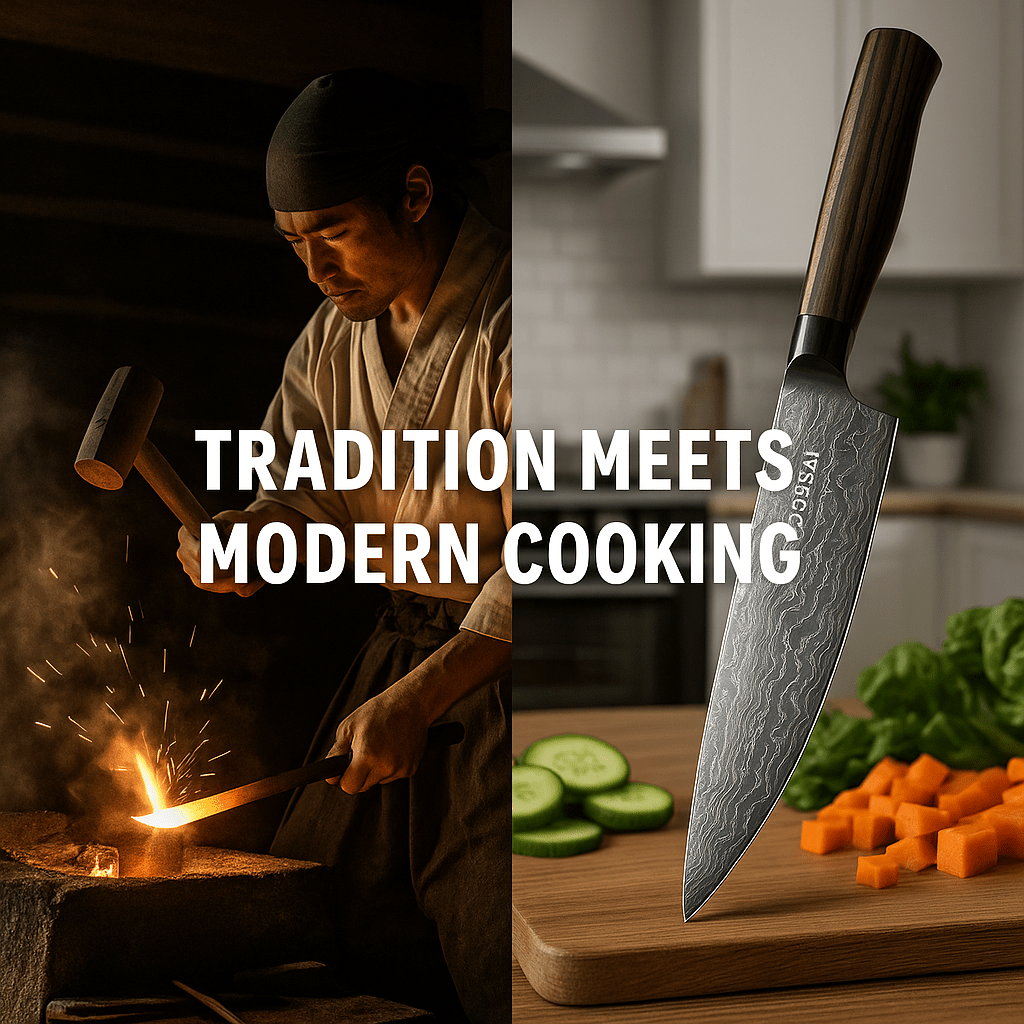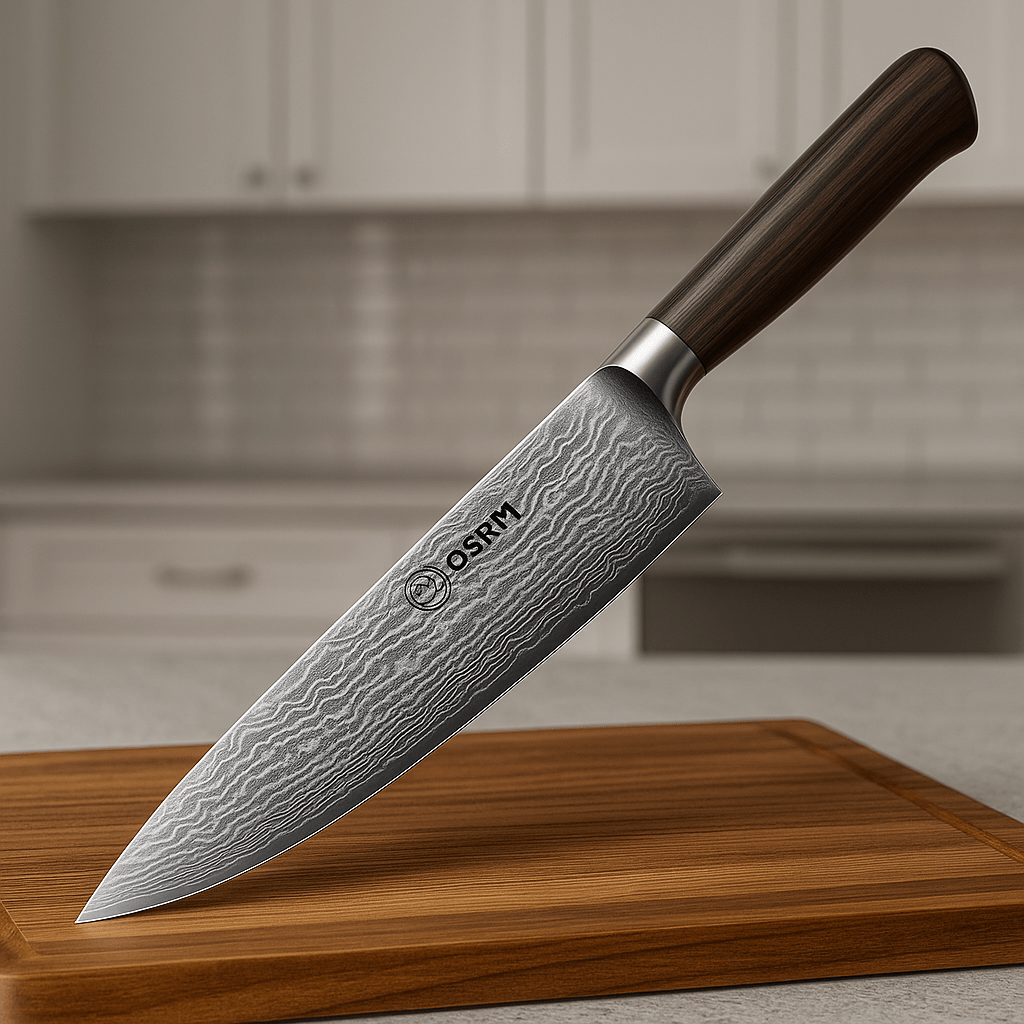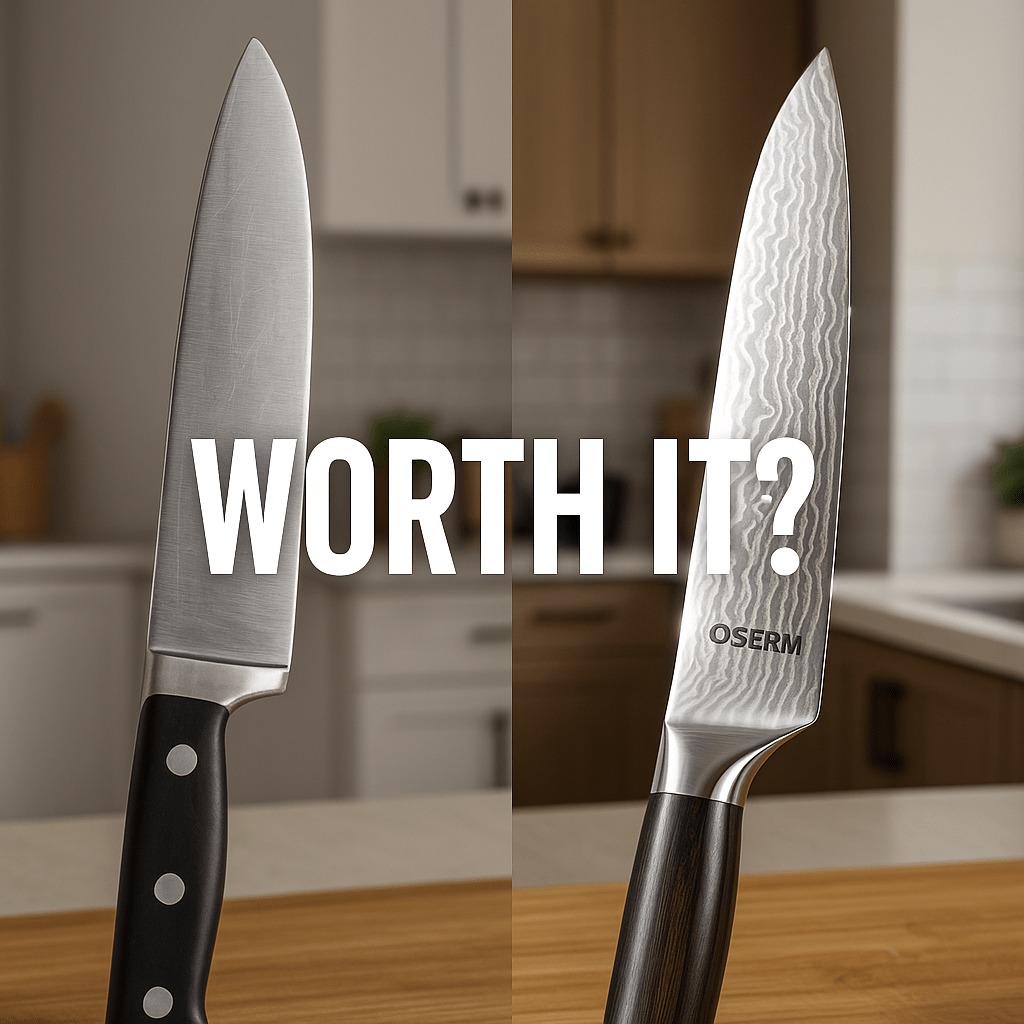
The History of Japanese Knives – Tradition Meets Modern Cooking
Japanese knives are more than just kitchen tools—they are the result of centuries of craftsmanship, cultural tradition, and technological evolution. Their history is deeply tied to Japan’s legendary swordsmithing, and today they continue to blend artistry with modern cooking needs. Let’s take a journey through the fascinating history of Japanese knives and understand how they became essential in kitchens around the world.
From Samurai Swords to Kitchen Knives
The story of Japanese knives begins with the art of sword-making. During Japan’s feudal era, master swordsmiths perfected the forging of samurai swords (katana), known for their sharpness, resilience, and beauty. As the samurai era ended in the late 19th century (Meiji Restoration), many swordsmiths turned their skills toward producing knives and tools for daily life. This transition gave rise to the unique design and sharpness of Japanese kitchen knives.
The Rise of Japanese Kitchen Knives
By the early 20th century, Japanese blacksmiths were applying sword-forging techniques to culinary knives. This resulted in blades with harder steel, sharper edges, and thinner profiles than their Western counterparts. Regions such as Sakai (near Osaka) became famous for knife production, building reputations that remain today.
Traditional Japanese Knife Types
- Yanagiba: Long, slender knife used for slicing sashimi with precision.
- Deba: Heavy-duty knife for filleting fish and cutting through small bones.
- Usuba: Thin, rectangular vegetable knife for delicate cuts.
Each of these knives reflects Japan’s culinary culture, especially the emphasis on seafood and vegetables in traditional Japanese cuisine.
The Modern Evolution
As Japanese cuisine spread globally, new knife types emerged to meet broader cooking needs. The Santoku (“three virtues”) was developed in the mid-20th century as a versatile, all-purpose knife for home kitchens. The Gyuto (Japanese chef knife) evolved as a Japanese answer to the Western chef’s knife, blending tradition with modern versatility.
Damascus Steel in Japanese Knives
In recent decades, Damascus steel has become a hallmark of premium Japanese knives. Inspired by ancient forging traditions, modern Damascus knives are created by layering steels to produce both performance and beauty. OSERM’s Damascus knives, for example, feature a VG-10 steel core wrapped in 67 layers, echoing traditional craftsmanship while delivering durability for today’s kitchens.
Why Japanese Knives Are So Respected
- Sharpness: Japanese knives are sharpened to finer angles than Western knives, allowing for precise cuts.
- Craftsmanship: Each knife reflects centuries-old forging techniques refined for modern needs.
- Aesthetic Value: From Damascus patterns to ergonomic handles, Japanese knives are functional works of art.
OSERM – Honoring Tradition, Embracing Modernity
At OSERM, we continue this tradition by crafting knives that balance heritage and innovation. Our Damascus knives pay tribute to Japanese artistry while meeting the demands of modern home and professional kitchens. With elegant resin-wood handles and gift-ready packaging, OSERM knives embody both cultural tradition and contemporary design.
Conclusion
The history of Japanese knives is a story of transformation—from samurai swords to indispensable kitchen tools. Their enduring popularity lies in their unique combination of sharpness, durability, and beauty. By honoring tradition and embracing innovation, Japanese knives remain at the heart of culinary excellence today.
Weekly Deal 🔥
Bring centuries of Japanese craftsmanship into your kitchen with OSERM’s Damascus Knife Collection. Designed for performance, beauty, and gift-giving, they are more than tools—they are part of a legacy.
You Might Also Like
- Damascus Knives as Luxury Gifts – Do People Buy Them?
- How to Choose Your First Japanese Knife
- Chef Knife vs Santoku Knife – Which Should You Choose?
Tags: Japanese knife history, samurai swordsmithing, OSERM knives, Damascus knife culture






